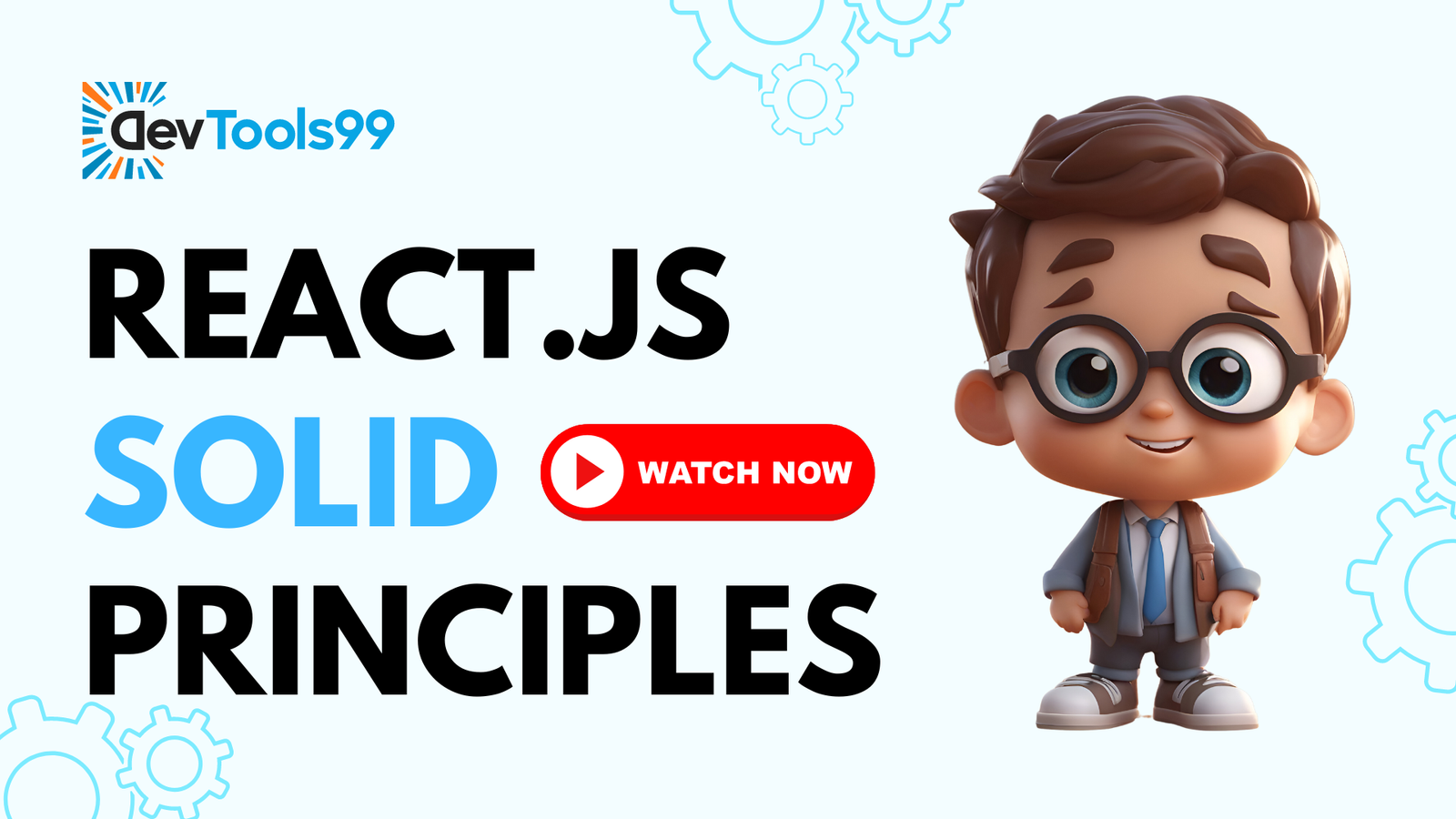
Applying SOLID Principles in ReactJS Development
Understanding and applying SOLID principles can significantly enhance the maintainability and scalability of your React applications. In this post, we'll dive into each principle with examples relevant to ReactJS development.
Single Responsibility Principle (SRP)
What is SRP?
The Single Responsibility Principle dictates that a component or module should have one, and only one, reason to change, meaning it should have only one job.
In ReactJS:
A React component should ideally manage only one functionality. For instance, a `UserProfile` component should handle displaying user profiles, not fetching user data from an API. This keeps the component focused and easier to maintain.
function UserProfile({ user }) {
return ({user.bio}
);
}
Open/Closed Principle (OCP)
What is OCP?
Software entities should be open for extension but closed for modification. This means you should be able to add new functionality without altering existing code.
In ReactJS:
Use higher-order components (HOCs) or composition to extend a component's behavior without modifying its code. For example, enhancing a component with analytics can be done using an HOC that wraps the original component.
function withAnalytics(Component) {
return function EnhancedComponent(props) {
// Track render or other analytics here
return ;
};
}
Liskov Substitution Principle (LSP)
What is LSP?
Objects in a program should be replaceable with instances of their subtypes without altering the correctness of the program.
In ReactJS:
When creating a component hierarchy, ensure that child components can replace their parent components without causing errors. If a `Button` component expects a `disabled` prop, all subclasses like `IconButton` or `SubmitButton` should also support this prop.
Interface Segregation Principle (ISP)
What is ISP?
No client should be forced to depend on methods it does not use.
In ReactJS:
Design your props such that components don’t receive unnecessary props. This can be managed by splitting large components into smaller ones, each handling specific, isolated tasks.
Dependency Inversion Principle (DIP)
What is DIP?
High-level modules should not depend on low-level modules. Both should depend on abstractions, and abstractions should not depend on details.
In ReactJS:
Rather than importing specific utilities or libraries directly into a component, use context or hooks to provide data or functionality, making components more reusable and testable.
import { useContext } from 'react';
import UserContext from './UserContext';
function Greeting() {
const { user } = useContext(UserContext);
return<h1>Hello, {user.name}</h1>
;
}
Conclusion
Applying SOLID principles in ReactJS not only helps in creating more maintainable and scalable applications but also aids in building a foundation that accommodates future growth and changes without a complete overhaul. Begin integrating these principles into your next React project and notice the difference in your development experience and output quality.
Like, Share and Subscribe #DevTools99 for more useful videos, tools info and tutorials . Thank you!
